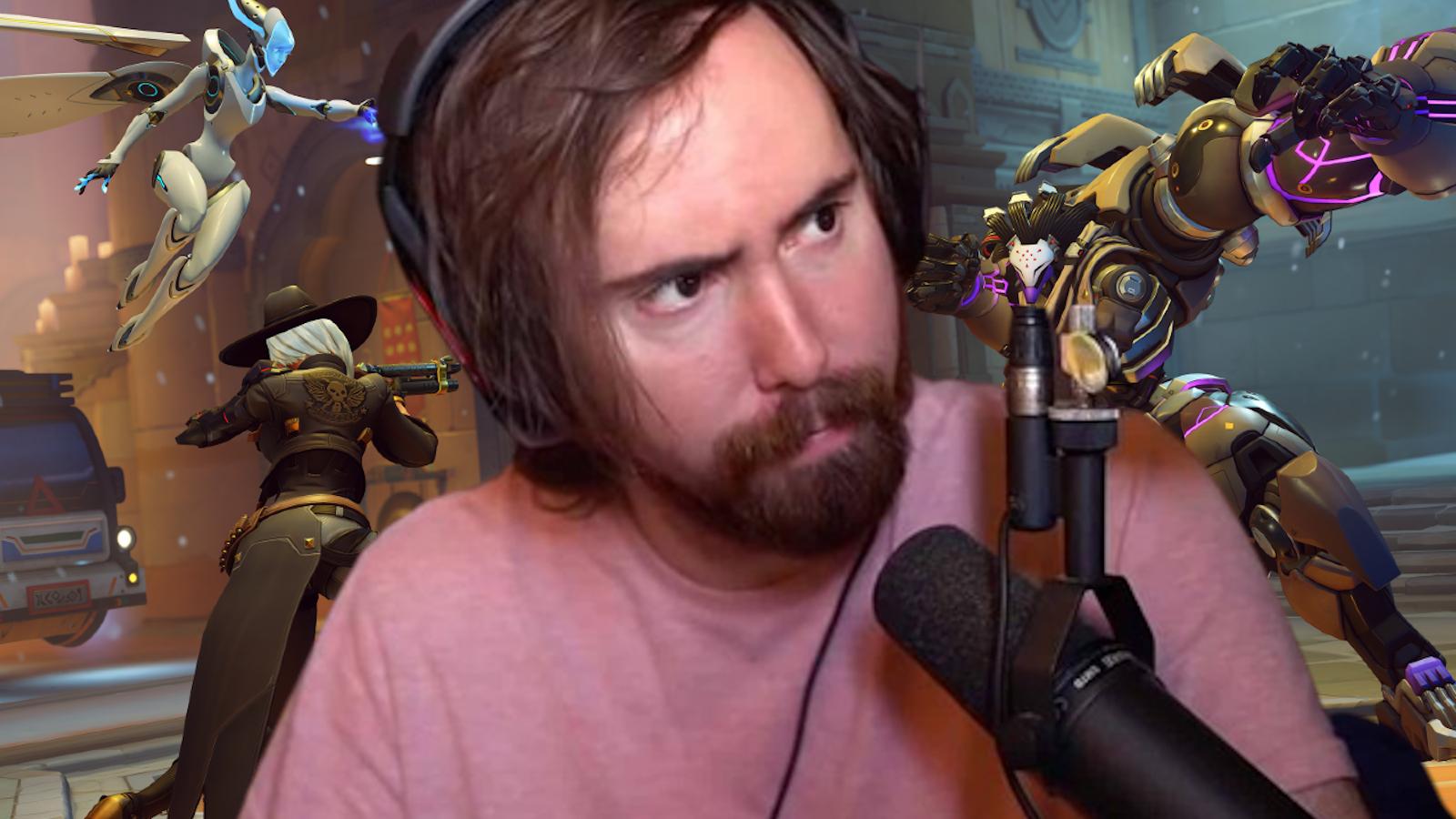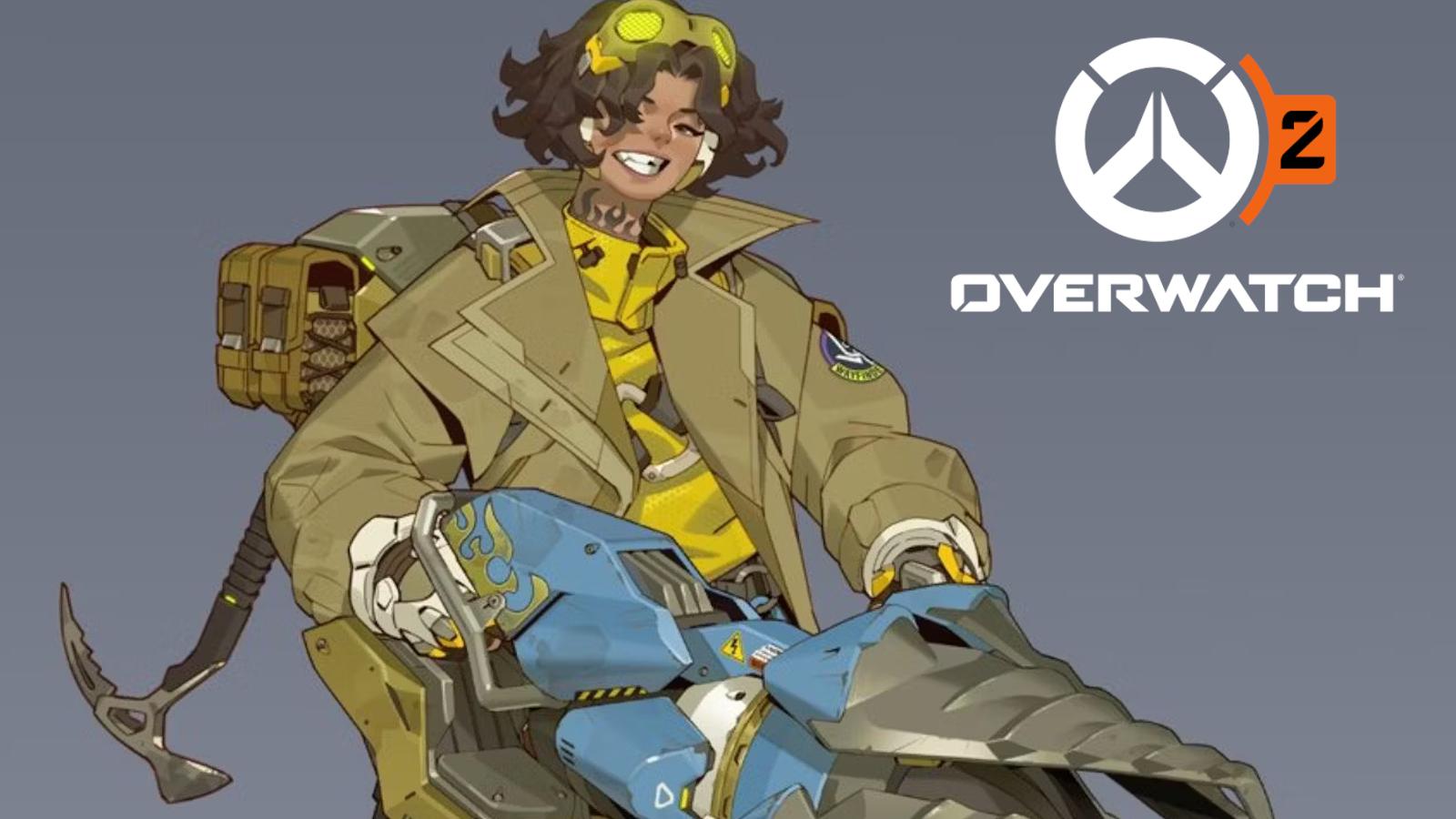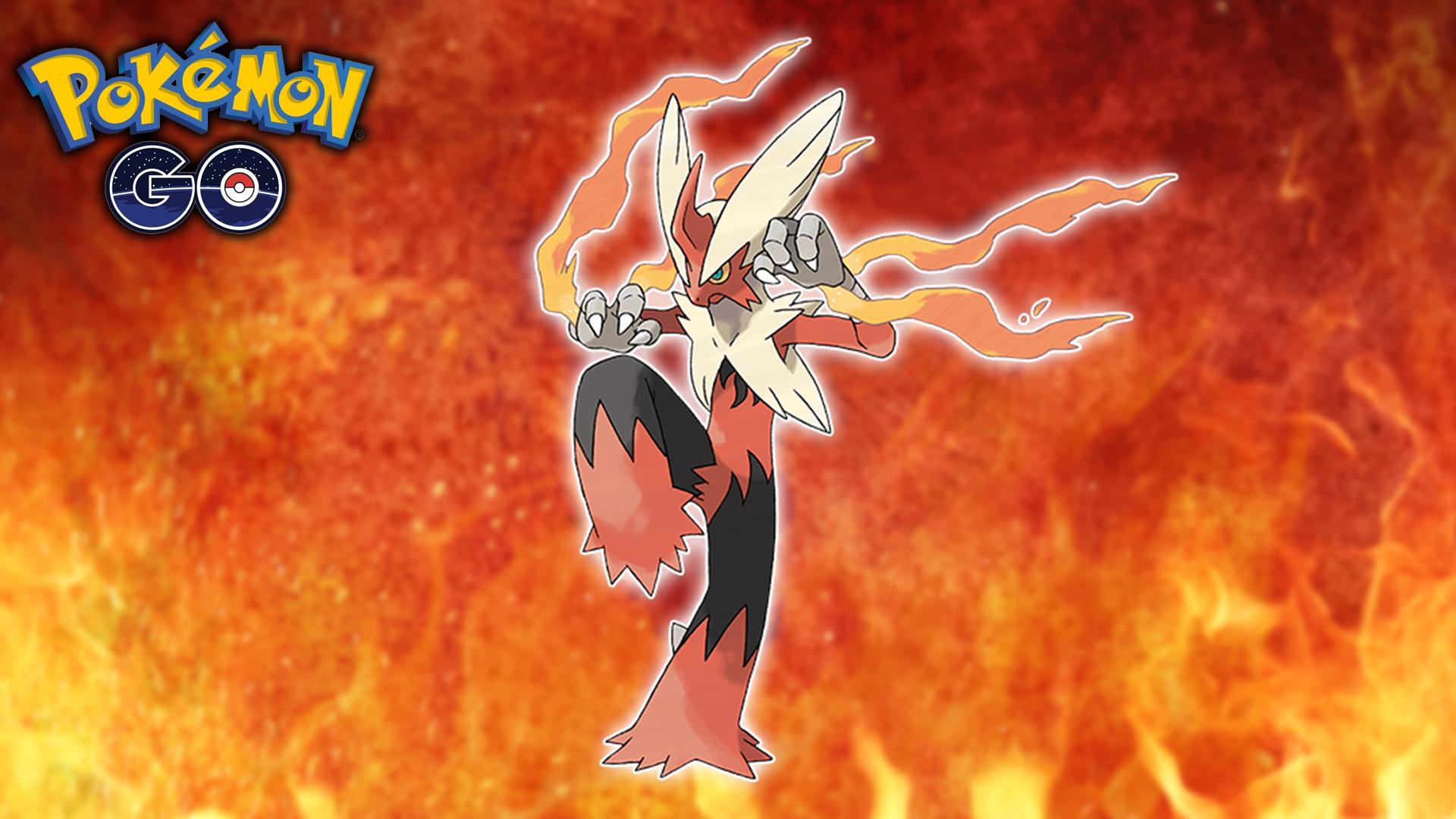Ghostwire Tokyo preview – Unique combat in a creepy, stylish Shibuya
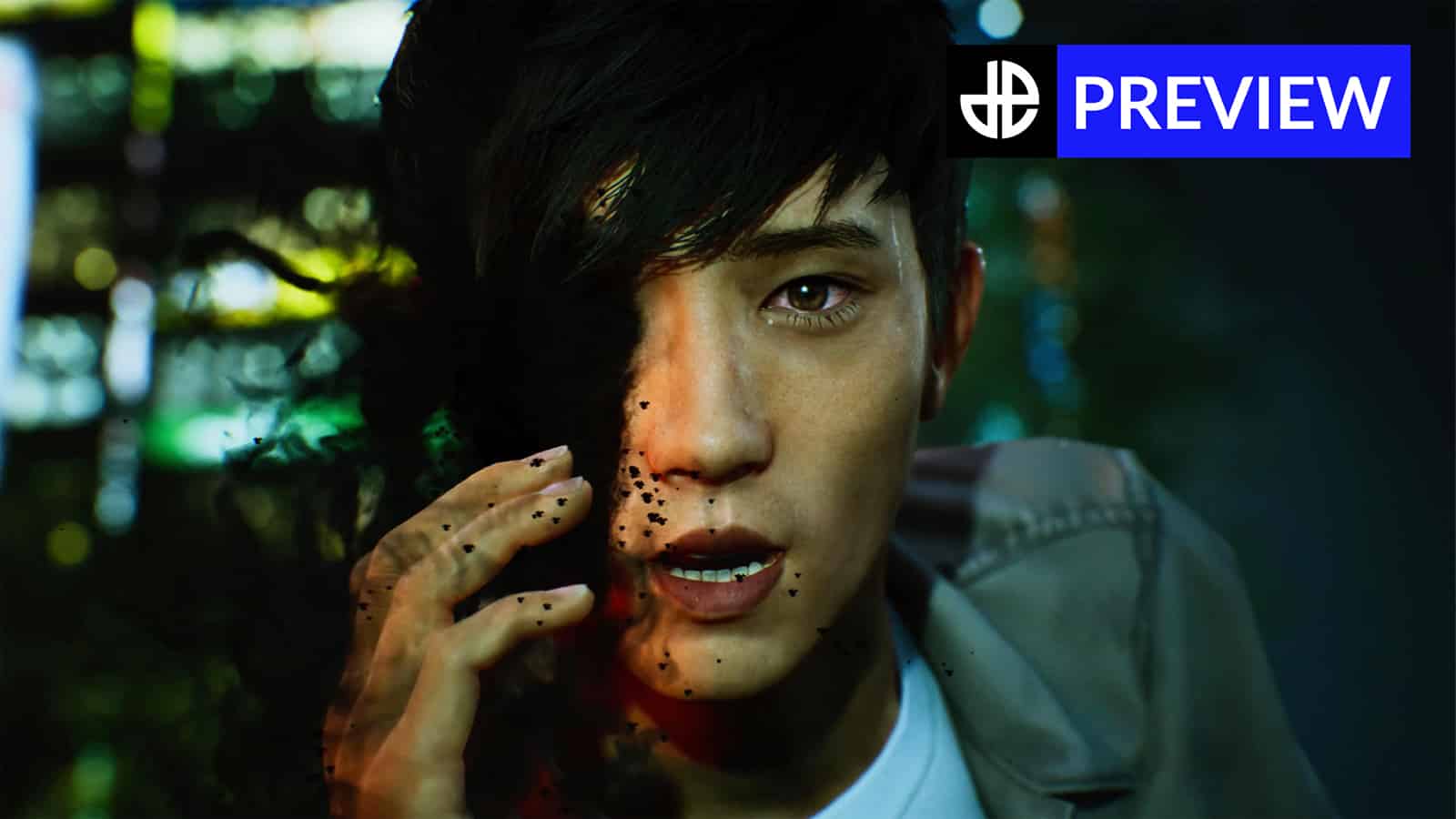 Bethesda Softworks
Bethesda SoftworksThe first two chapters of Ghostwire Tokyo are a promising start to a unique adventure, with a fun approach to combat, a stylish city to explore, and a mystery that left me wanting more.
Ghostwire Tokyo opens with a car accident in the streets of Shibuya that’s left Akito, the game’s protagonist, dead. A mysterious fog has spread across Tokyo, causing everyone inside it to disappear, and swarms of creepy Visitors – led by an occultist in a Hannya mask – are stealing their spirits. To ward them off, a spirit known as KK takes over Akito’s body, temporarily bringing him back to the world of the living and imbuing him with special powers.
It’s an abrupt way to start a game, but an effective one, too, as being thrown straight into the action had me hooked right from the beginning. While the first chapter is essentially one long tutorial, it never feels tedious as the story unfolds in tandem. Akito wants to find his sister, while KK wants to stop whatever’s happening to Tokyo, and they’ll need to (reluctantly) work together to achieve their goals. It’s a nice pairing, with plenty of wisecracks and even some warmth as they get to know each other while exploring the now-ghostly city.
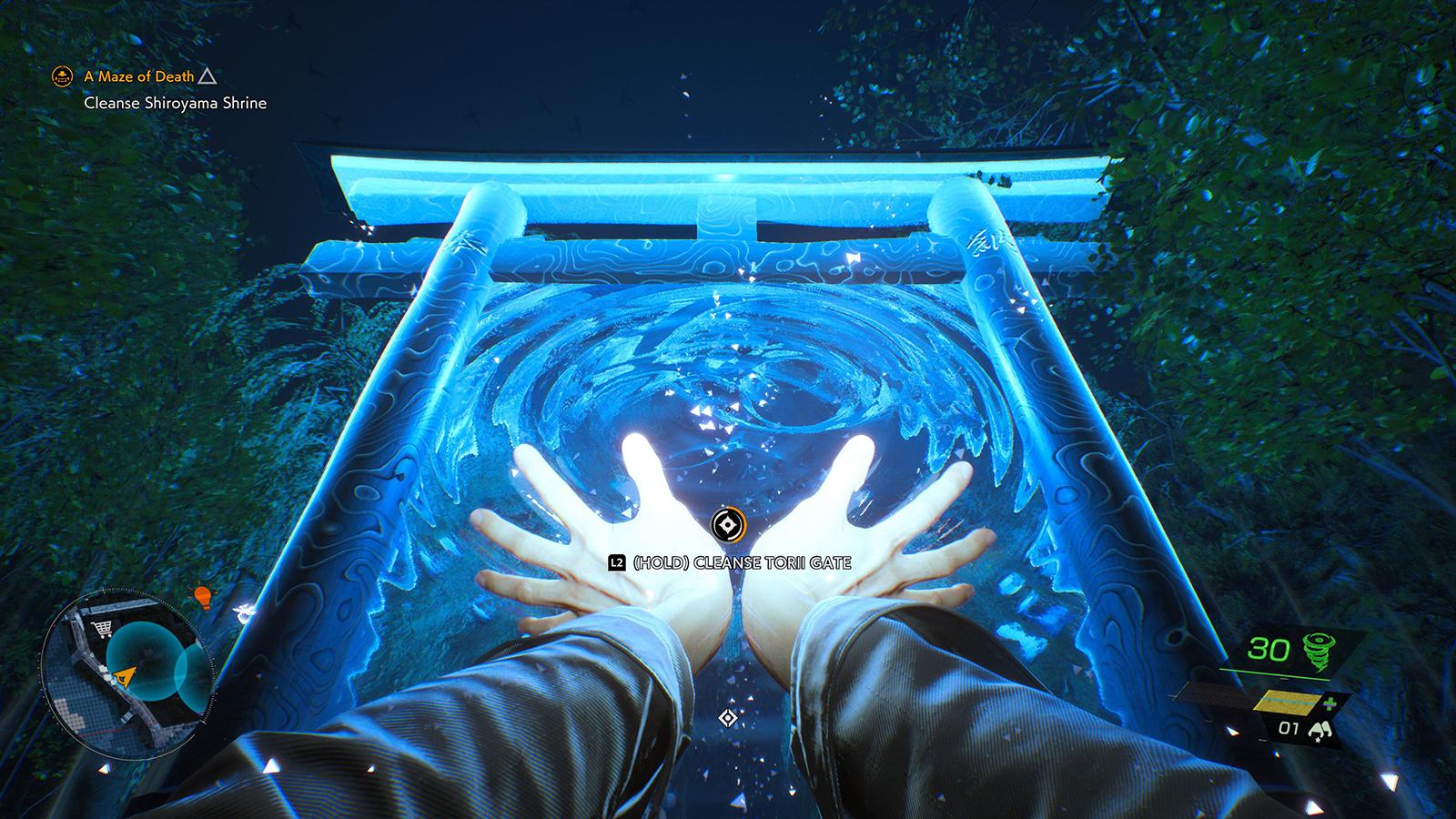 Bethesda Softworks
Bethesda SoftworksOnce you’ve made it through the first chapter of the game, it’s out into the (mostly) open world of Shibuya. The usual tropes apply here – visit shops to purchase items, gather XP to level up your powers, and complete side quests from friendly spirits along the way. All these familiar functions weave in elements of Japanese mythology and tradition that help make Ghostwire Tokyo feel unique, though; The shops are run by floating cats, interacting with Omikuji at Shrines can tell your fortune and grant buffs, and certain doors are locked with hand seals that require you to draw signs with the analog stick to open them.
- Read More: Horizon Forbidden West review
The developers of Ghostwire Tokyo, Tango Gameworks, have referred to the game as more of a “sandbox” than an open world, which is true for the most part. The map isn’t unnecessarily huge, and most of it is blocked off from the start thanks to the fog that covers the city. As you progress through the game, you’ll discover torii gates that need to be cleansed to open up new areas of the map. It feels quite focused, with the fog effectively guiding you to your next objective in the early stages of the story, but there are still opportunities to go off-grid to explore, complete side quests, and save spirits if you want to.
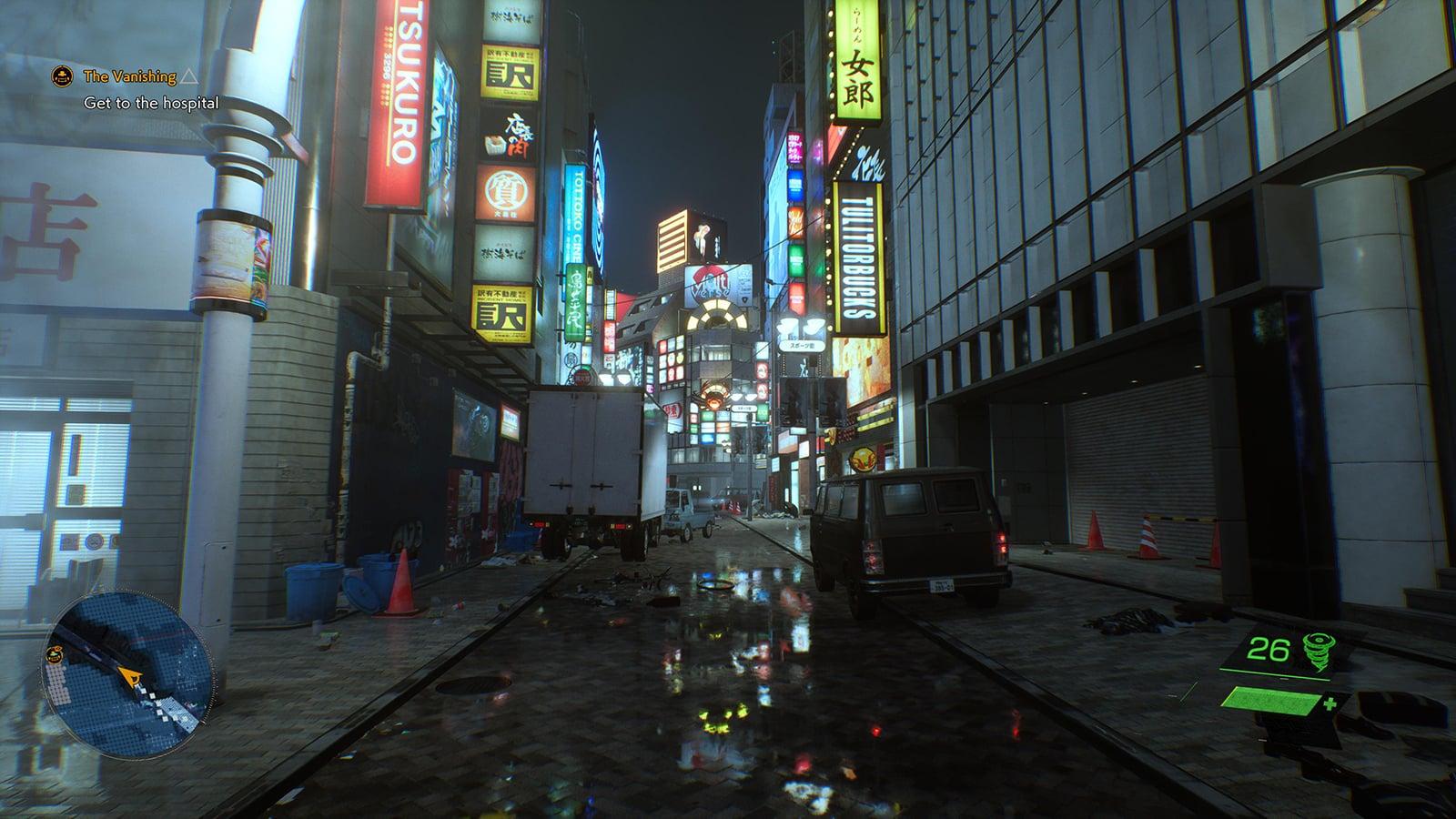 Bethesda Softworks
Bethesda SoftworksI love the prospect of an open world, but often find myself feeling lost in huge maps that lack a clear objective, so for me, this felt like a great balance. Shibuya looks amazing at night, too, with neon signs lining every path and reflections on the rain-soaked streets making the most of ray-tracing on the PS5. It can feel claustrophobic at times – there are no gorgeous sunsets or vast views into the distance to enjoy – but that only adds to the spooky atmosphere.
It’s not just the bright lights of Tokyo that catch the eye. Flashy combat gestures known as Ethereal Weaving – which are based on different elements including Wind, Fire, and Water – are your main weapons in Ghostwire Tokyo, and they’re a constant, explosive spectacle. Tapping R2 releases small blasts of the element you have equipped, while holding R2 performs a powerful charge attack. Deal enough damage to a Visitor, and you’ll be able to rip out their core to stop them permanently. It’s a satisfying approach to combat that plays more like a first-person shooter, and the prospect of unlocking new elements and powering them up is genuinely exciting – although the lack of a ‘dodge’ maneuver still feels unusual.
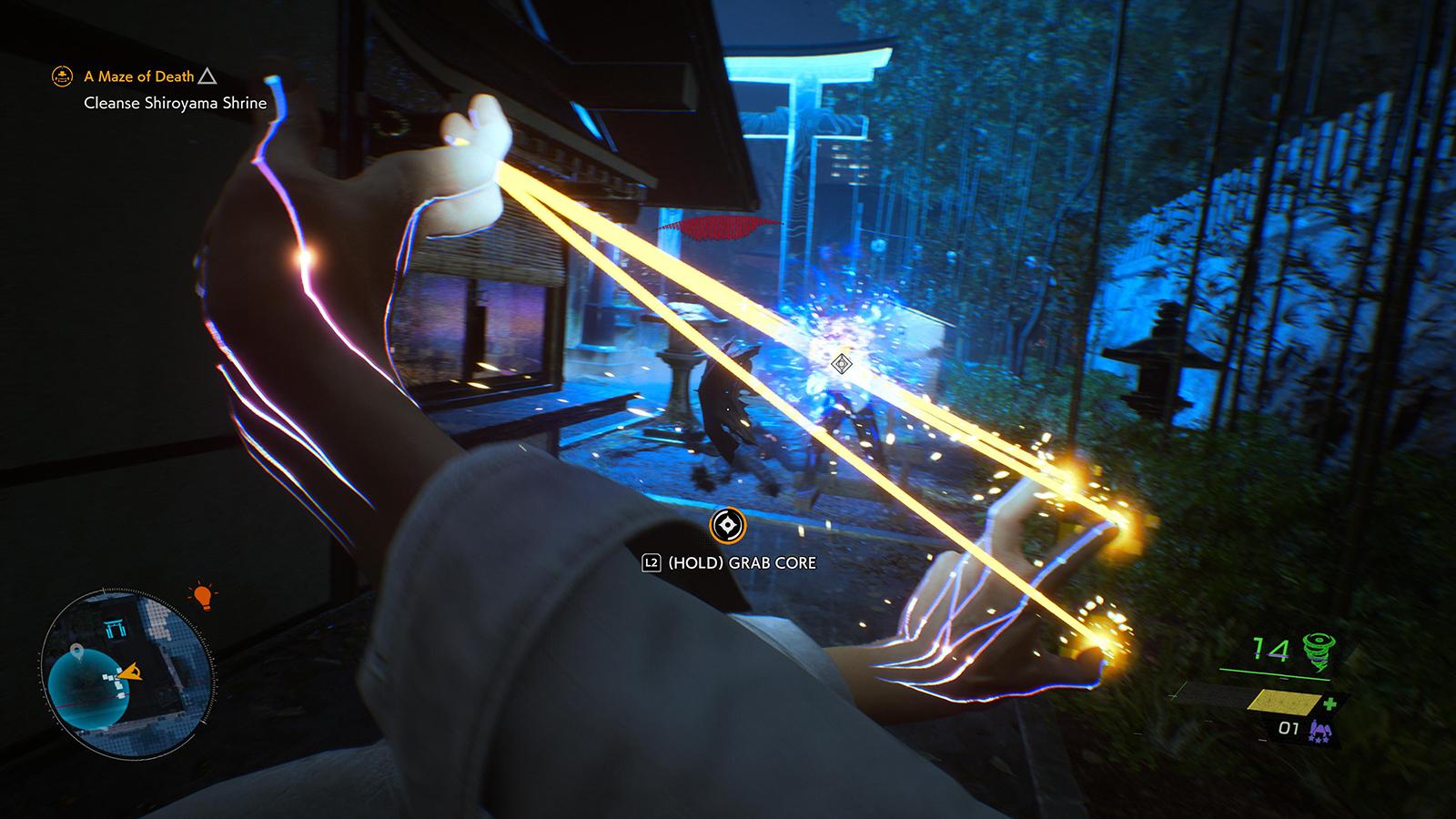 Bethesda Softworks
Bethesda SoftworksWhile playing around with Ethereal Weaving and blasting away Visitors is a lot of fun, I found that stealth was sometimes the best way forward. One section in the game’s second chapter required me to clear out Shiroyama Shrine so I could cleanse every torii gate and open up a new part of the map, but taking the brute force approach only got me killed after being swarmed by Visitors. On my next attempt, I eliminated them one by one with Quick Purges – the game’s supernatural version of a stealth takedown – which made things a lot easier, even if watching Visitors squirm up close to the camera is a little unnerving.
- Read More: Elden Ring review
As someone who enjoys horror games but also struggles to keep their nerve, I was pleased to find out that Ghostwire Tokyo leans more towards action than horror. There are no jump scares (yet), and it’s never particularly gory, although there are plenty of unsettling moments along the way. The first chapter culminates in a visit to an ominous hospital, with visions of burning figures and the traditional ‘creepy person standing at the end of a hallway’ trope out in full effect. The Visitors are also haunting to look at, although the game moves at such a quick pace that it’s hard to get truly scared by anything.
After just a few hours with Ghostwire Tokyo, I’m impressed. Mostly by the visual delight of Tango Gameworks’ take on Shibuya, but also by the combat, and the fact that the game has such a distinct identity. I’m excited to keep playing and see what the rest of the game has in store.
Ghostwire Tokyo is released March 25, 2022, on PS5 and Windows.
